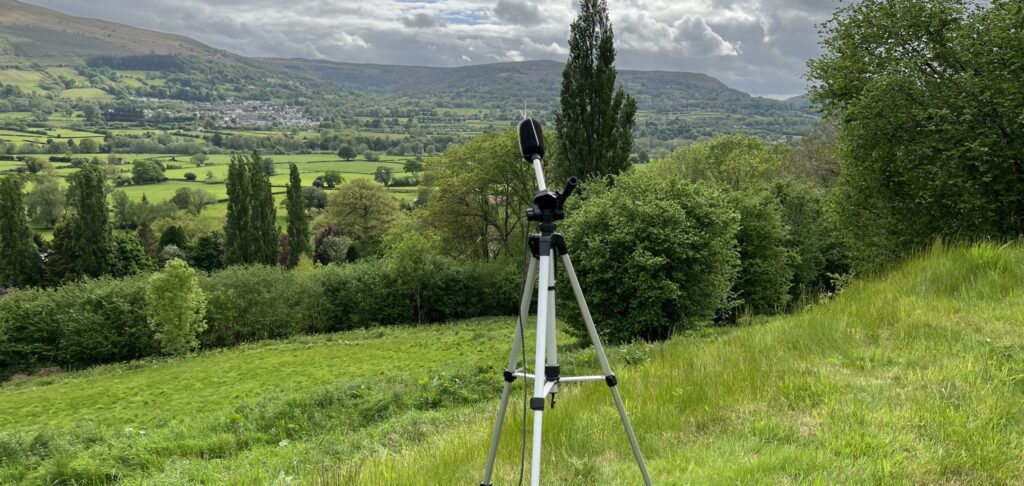Noise Survey – Reputable and Reliable Consultants
These surveys are not just about comfort. High noise levels can pose serious health risks to a range of noise-sensitive receptors and employees. Therefore, understanding and controlling noise is a crucial aspect of environmental and workplace safety.
On a day-to-day basis, our noise survey consultants produce a range of noise assessments and reports. We work for land owners, property developers, architects, planning consultants and many other types of clients. We produce detailed building acoustic design, including mitigation statements.
Aval Consulting Group Ltd is ISO certified and accredited by the United Kingdom Accreditation Service (UKAS)
Or simply fill up the contact form below for your Free Quote
Years of Experts' Experience
Consultants
Projects
Deliverables
Efficient & Reliable
Full UK Coverage
UKAS Qualified
Quick Quote
What is a Noise Survey?
A noise survey involves a systematic process of measuring noise levels. It uses sound level meters and other measuring devices to capture data.
The primary goal of a noise survey is to identify areas with high noise levels. This information is crucial in assessing noise risks and implementing control measures for development projects and workplaces. The two main types of noise surveys are most commonly environmental noise surveys or occupational noise surveys.
Noise Survey for Planning
Planning for a new development is a complex process. It involves many factors, one of which is noise, which often requires resolving existing noise problems.
A noise survey is a critical planning step. It assesses the potential impact of environmental noise on the proposed development.
This survey analysis helps ensure compliance with local and national noise regulations and influences the project’s design and layout.
The two main types of noise surveys for planning are the BS4142 Survey and the BS8233 Survey.
Work Regulations 2005 and Noise at Work Regulations
The Work Regulations 2005 and Noise at Work Regulations are key legal frameworks. They govern the control of noise in workplaces.
These regulations set out the duties of employers. They must assess and manage noise risks to protect their employees.
The regulations also specify exposure action values. These are the noise levels at which employers must take action.
Non-compliance can lead to penalties. All employees must wear appropriate hearing protection. Hence, understanding and adhering to these regulations is crucial.
The Role of Sound Level Meters in Noise Survey
Sound level meters are vital in noise surveys. They measure the levels of noise in different areas.
These devices provide accurate readings. They help identify areas with high noise levels.
With this data, employers can take steps. They can reduce noise exposure and protect workers’ hearing.

Identifying and Assessing Noise Risks
Identifying noise risks is a key part of a noise survey. It involves pinpointing areas with high noise levels.
Assessing these risks involves understanding their potential impact. This includes the risk to workers’ hearing and overall health.
With a thorough risk assessment, employers can take informed action. They can mitigate these risks and ensure a safer workplace.
Health and Safety: The Impact of High Noise Levels
High noise levels can have serious health impacts. Prolonged exposure can lead to hearing loss or damage.
Moreover, high noise can cause stress and reduce productivity. It can also lead to other health issues like hypertension.
Therefore, managing noise levels is crucial for health and safety. It ensures a healthier, more productive workplace.
Steps to Control and Reduce Noise Exposure through Noise Survey
Controlling and reducing noise exposure involves several steps. First, a noise survey identifies areas of high noise.
Next, risk assessments evaluate the potential harm. They help formulate strategies to reduce exposure.
Finally, appropriate mitigation measures and regular monitoring ensure the effectiveness of these strategies. It also ensures compliance with noise regulations.
